Data-Driven Reporting in HRM4Baltics – What Every HRM Consultant Needs to Know.
Source: Äri-IT Spring 2025
Author: Kelly Stokkeby, BCS Itera HRM Consultant
The new reporting system within the HRM solution supports data-driven reporting by utilizing XBRL GL and X-tee, thereby reducing administrative burden.
New Reporting System in the HRM Solution
Starting in 2025, the HRM solution will offer its clients the capability to submit necessary data to the state through data-driven reporting. This novel reporting system was developed in collaboration with the Enterprise Estonia (EAS) and Statistics Estonia. Currently, data-driven reporting encompasses two reports: salary and workforce, and the gross hourly wage of male and female employees in October.
Data-Driven Reporting Reduces Administrative Burden
The implementation of the new reporting system in the HRM solution helps to decrease the administrative load on companies by making reporting processes more efficient and accurate. A key advantage is automated data processing, which minimizes the risk of errors arising from human mistakes (e.g., incorrect data entry or calculation errors). Automatic data collection and software-based processing ensure greater accuracy and transparency. Additionally, state authorities can reuse the collected data, reducing the need to submit the same information in various formats.
Setting Up Automated Reporting and Its Benefits
To adopt data-driven reporting, a consultant must first perform the necessary configurations. Once set up, the time spent on compiling and submitting reports significantly decreases. While the HRM solution offers a standard setup, each company must also consider its specific pay types and make corresponding additional configurations. The completion of required data fields is checked immediately, and any errors in identifiers can be quickly corrected.
The adoption of automated reporting requires the company to have an X-tee secure server – reporting occurs via the X-tee data exchange layer for information systems. This means that with an X-tee secure server and data-driven reporting in place, companies no longer need to submit data through the Statistics Estonia website; the report is transmitted directly from the HRM solution.
In the HRM solution, the data structure is standardized, and taxonomies have been created. Furthermore, the international data exchange standard eXtensible Business Reporting Language Global Ledger (XBRL GL) has been adopted. The XBRL GL format uses transactions recorded by the company and enriched with taxonomy elements (classifiers) within the HRM solution for data transmission, summarized at the level of the taxonomy elements.
The Process of Compiling and Submitting a Data-Driven Report in the HRM Solution
A data-driven report is submitted to the state monthly, which necessitates thorough data processing. The HRM solution includes an error-checking mechanism: if errors are detected during report compilation, the HRM solution notifies the user, after which the user can correct the error and resubmit the report. In addition to the XBRL GL format, the report can also be generated in Excel format for easier data readability.
As the HRM solution is based on payroll accounts, all transactions made in the system are transferred from payroll accounts to the state and are linked to the company’s used payroll accounts. All necessary data fields are automatically filled and checked.
What is XBRL GL?
XBRL GL is a structured XML-based data transmission format that enables faster, more efficient, and cheaper transmission, processing, and analysis of business and financial information. The adoption of data exchange files based on an international standard allows for the creation of similar data exchanges between different applications. XBRL GL uses transactions recorded in the company’s financial information system and enriched with taxonomy elements for data transmission, summarized at the level of the taxonomy elements.
What are Taxonomy Elements?
In data-driven reporting, taxonomy refers to a structured and standardized classification system that helps organize data and define categories. Taxonomy elements determine how data is divided and how it is used in various reports and analyses. Taxonomy enables the creation of automated reporting systems where data moves according to predefined classifications, reducing the need for manual work and making reporting fast and accurate.
Statistics Estonia has designed the salary and workforce taxonomy in such a way that its universal part can also be applied in other areas. Currently, Statistics Estonia has the technical capability to receive data from the salary and workforce taxonomy.

